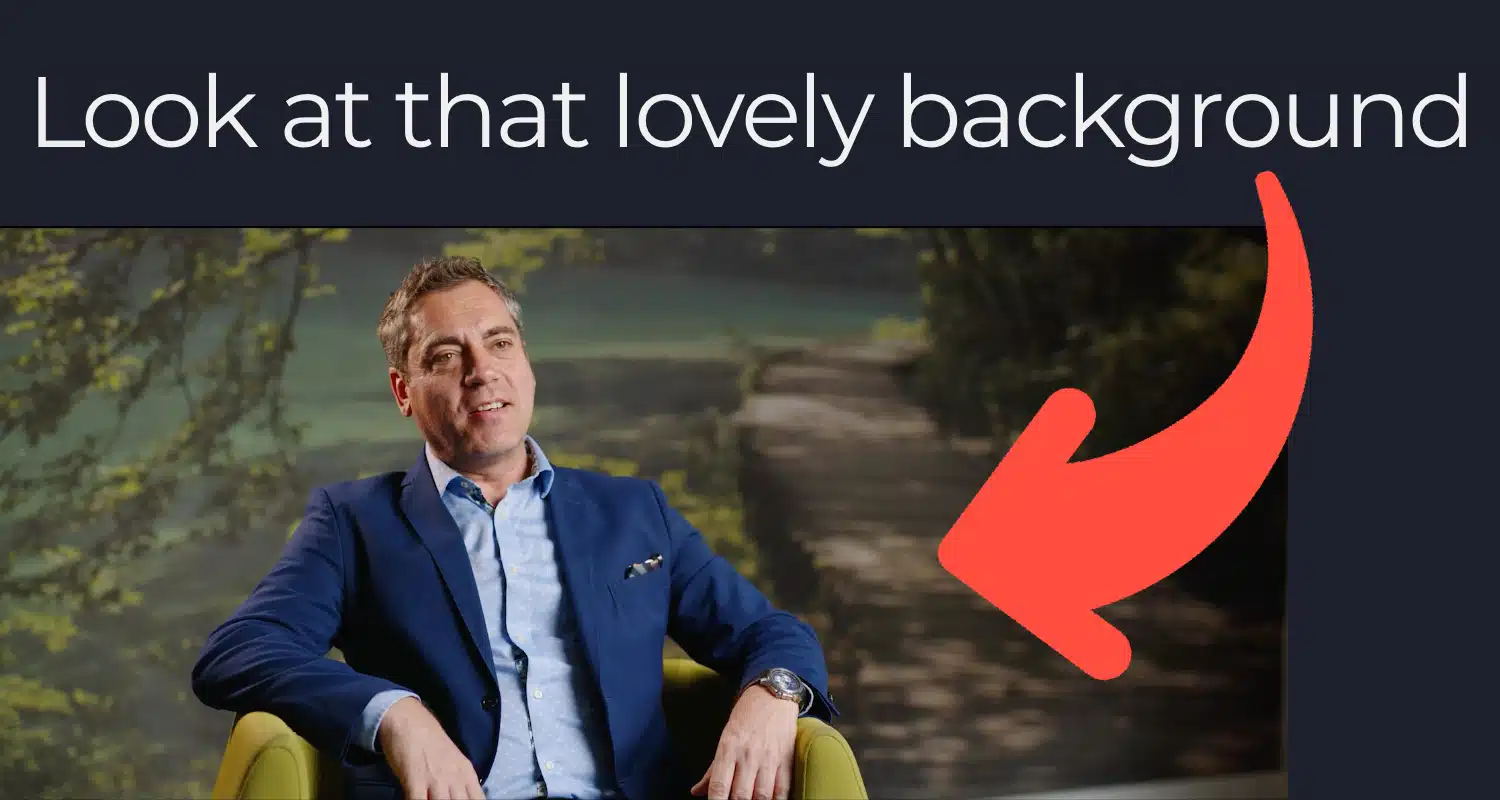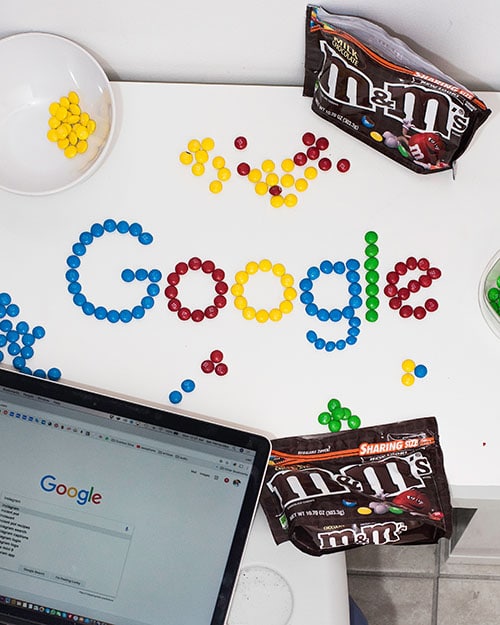our thoughts
BLOG
CORPORATE VIDEO BIRMINGHAM

Corporate Video is a broad term so before we talk about how to do it well we should probably define what we mean. We’ll cover other areas in the future but our focus here is best described as ‘videos for business that mostly consist of interviews’. We’re not going to get into choosing cameras and other equipment, this is about the stuff that is actually much more important, planning and human interactions.
WHO IS INTERVIEWING?
The Main Thing: Get someone experienced
Interviewing people is just asking questions, right? Well, yes. But cooking is just making food hot and adding salt yet no-one would argue that doing it well is easy. No-one’s claiming to be Gordon Ramsay but interviewing people on camera is a skill that takes time and experience to acquire. For corporate videos it’s made more complex because you want the interviewee to say particular things, particularly well; after all, you have a message to get across. But also, most of these people aren’t media-trained and putting up lights and poking a camera in someone’s face can feel a little bit weird and quite a lot intimidating. And that goes both ways, the interviewer shouldn’t be intimidated by the interviewee, even though there’s usually a client/supplier relationship at play. So, the interviewer needs experience, sensitivity and a delicate yet firm approach to communicate when responses aren’t doing the interviewee justice.
We’ve got a separate guide to being interviewed on camera that we’ll publish shortly. Finally, there are often advantages to using local production companies, but in this case, we think the skills required are worth shipping in.
LOCATION


The Main Thing: No tiny rooms with magnolia walls
We’ve dedicated an entire blog post to the subject of locations for corporate video.
Please, not a tiny meeting room with blank magnolia walls and definitely no pop-up banners with the company logo on. Interviews take space – much more than you’d think and for a whole bunch of different reasons. Lights are getting smaller and more powerful but they are the very definition of a trip hazard, so they need room. You need a bit of distance between interviewer and interviewee but also setting the interviewee away from the background means that the background is more out of focus and to use some technical jargon briefly, this looks waaaay better. We always like to find the most interesting backdrop we can for our video shoots.
It’s not likely you’ll have a beautiful wall vinyl of a lake in your office, but the above image shows that it doesn’t need to be a plain white wall. The image below shows that a bit of depth and stuff in the background is all you need for amazing video production.
MESSAGING
The Main Thing: Key stuff early
What do you want to say? Video production allows you to say a lot but not too much. Remember, one of the key advantages of video is human connection, if we squander that with endless detail then you may as well give people long technical documents they can refer back to. Most audiences are unlikely to watch a corporate video multiple times so you must consider what you want your audience to take away from viewing it. You should have a clear idea of your messaging and its hierarchy. It’s pretty well known these days that viewer numbers get lower over time so put your most important messaging upfront. But what doesn’t get said very often is that your audience is intentional, it wants to learn more. Generally, the audience for these videos will stay until they’ve got one of two things, what they need or bored. Keep it interesting. It’s unlikely your audience for this is people idly scrolling Tiktok so we can assume an above-average attention span,
Remember, it’s not necessarily about what you want to say, it’s about what your audience needs to hear.
CALL TO ACTION
The Main Thing: Whatever you need the audience to do next, ask for it
Pretty much everything we make is trying to sell something to someone, even in corporate video, whether it’s a product, a service or an idea. Your video production will sit somewhere in a sales process* so we need to be aware of what action we want the audience to take after viewing the film, is it to get in touch? Or download something? Whatever it is we need to be absolutely clear about it and make it easy for them. Plus, if the audience only stays for 30 seconds and then takes the action we want them to take then the video has succeeded.
*This even applies to training and education videos, you’re selling a better way of doing things and you want the audience to remember it so a call to action here might be a mnemonic to remember, a recap, or a pointer towards the next piece of training.
HOW LONG SHOULD IT BE
The Main Thing: As long as it needs to be and as short as it can be
But bear in mind that it actually takes people longer than you’d expect to say anything useful, no-one talks in bullet points. Many of the corporate videos we make are 3-5 minutes long but each is shaped by its content.
SUPPORT YOUR MESSAGE
The Main Thing: It’s not just interviews
The bulk of the messaging will come from the interviews but usually we don’t want to sit and look at people talking constantly. Even this example with Barack Obama includes very simple motion graphics. There are generally three things you can use to support your interviews:
Cutaways or GVs (general views) are the shots of other activities. For corporate videos this tends to be a lot of shots of people in meetings or presentations or closeups on people typing or if the company has a physical output then it might be factory shots etc. It sometimes requires people to do a bit of ‘acting’ but the acting is all stuff they do normally and in the right hands can often be quite fun to do. This example here from our SOTIC video involved gathering people around a whiteboard and our director shouting “tell him he’s wrong!” and “she thinks England are a better rugby team than Wales” (they’re a sports agency based in Cardiff). But they wanted high energy.
Graphics can be anything from text on screen to full animation. It’s useful for fiddly detail, numbers that might change in the future and abstract concepts. Here’s an animated infographic example from another project.
Stock Footage is widely available these days, we’ve made entire films out of stock footage in the past (DCX) and the cost has plummeted in recent years. Both of these corporate videos we’ve made for other clients use stock footage well, this one for a sports agency in Cardiff uses stock for the sport footage we couldn’t go and film and this one for a leading financial services firm supports where the interviewees couldn’t provide their own footage.
SUMMARY
The Main Thing: Choose wisely.
In summary, don’t assume that simple is the same as easy and look closely at a company’s previous work. Also, don’t just Google “video production company near me“, but do your research, and ask for examples of video work that are as close to what you’re thinking as possible also customer testimonials will tell you a lot about both the end product but also the process of making those films.
friday goodness
THE MAILING LIST
work with us
GET IN TOUCH
Hope that helps.
If you want to feel inspired about something else then maybe sign up for our Friday Video Goodness. It’s a semi-irregular collection of cool videos we’ve found that inspires us regularly and a lot of people like it.
If you want to talk about making something. Then drop us a line just there >
Thanks for your time.


